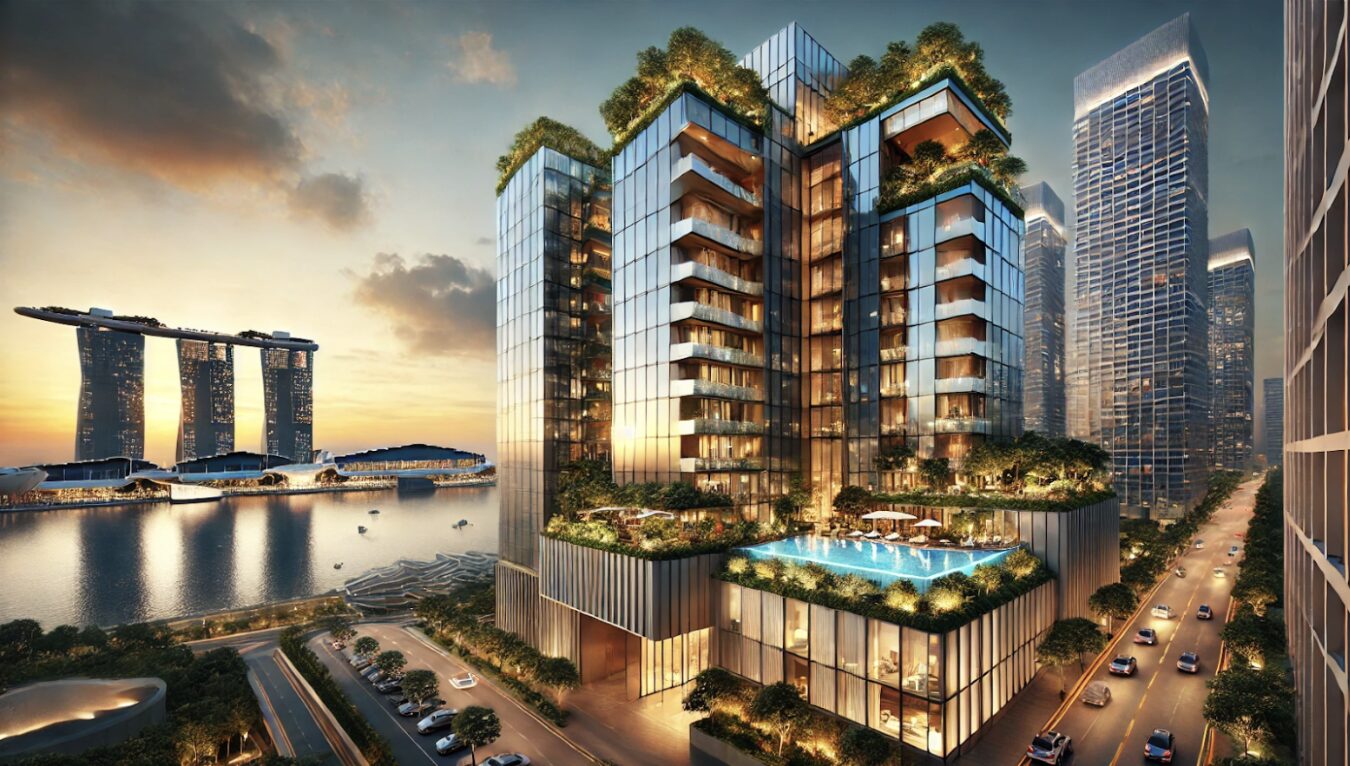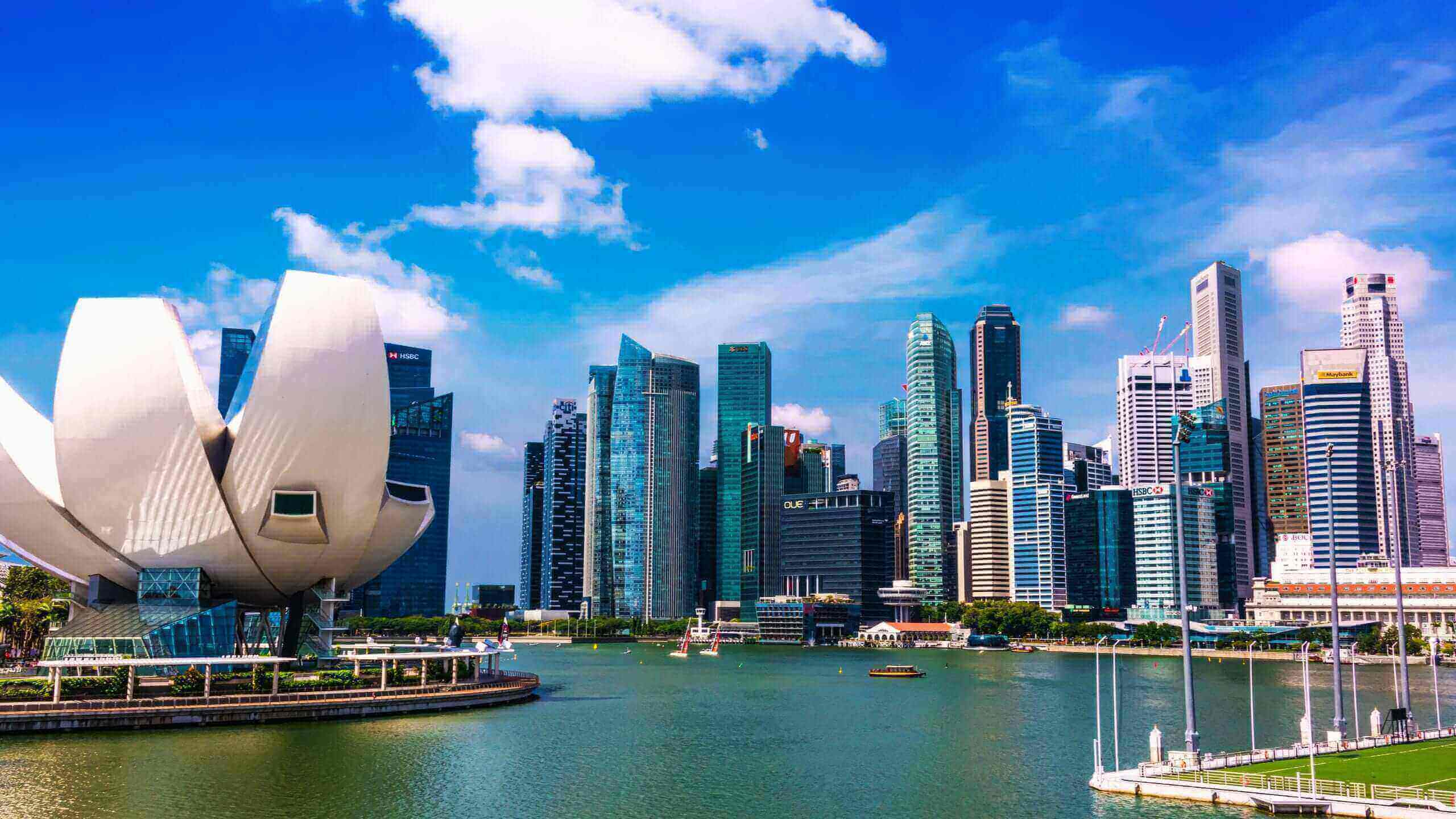In today’s fast-paced digital landscape, the art of crafting compelling content has never been more critical. As audiences are bombarded with information from all directions, distinguishing oneself becomes a formidable challenge.
Writers are tasked not just with sharing knowledge, but with captivating the readers imagination, inviting them into a world of ideas, stories, and emotions. Good content isn’t merely about presenting facts; its about weaving a narrative that resonates deeply.
This article will explore the multifaceted strategies that can elevate your writing, ensuring it not only informs but also enchants. Together, we will delve into the nuances of effective communication, examining how to strike the perfect balance between clarity and creativity, simplicity and complexity. Prepare to unlock the secrets of engaging prose that lingers long after the last word has been read.
Understanding Your Budget: Setting Financial Boundaries

Understanding your budget is a pivotal step in mastering your financial landscape. Imagine your expenses as various streams flowing into a vast ocean—some trickling gently, while others surge with intensity. To create a harmonious balance, you must first map out your income and dissect your expenditures.
Identify fixed costs like rent or utilities, but don’t overlook the variable expenses that can sneak up on you, such as dining out or impulse purchases. Setting financial boundaries is not merely an exercise in restraint; it’s about establishing a framework that empowers you to make informed decisions.
Consider using the 50/30/20 rule as a guideline, allocating 50% of your income to necessities, 30% to wants, and 20% to savings or debt repayment. This approach invites clarity, allowing you to recognize where adjustments are necessary.
Whether you’re budgeting for a dream vacation or planning to invest in a property like River Green, the goal remains the same—aligning your financial actions with your long-term values and aspirations. Remember, true financial freedom comes from understanding not just where your money goes, but how to tailor your spending to reflect your values and goals.
Exploring Expensive Neighborhoods: The Allure of Luxury Living

Exploring the allure of luxury living in expensive neighborhoods reveals a world where elegance and exclusivity reign supreme. Imagine winding through palm-lined streets, each home a masterpiece of architectural brilliance, boasting lush gardens and unparalleled amenities—private pools, state-of-the-art home theaters, and expansive outdoor spaces that blur the lines between indoors and out.
The vibrancy of these communities is palpable, fueled by a dynamic blend of high-end boutiques, gourmet restaurants, and a social scene that pulses with life. Yet, it’s not merely the opulence of estate living that captivates; rather, it’s the promise of a lifestyle steeped in comfort and sophistication—a sanctuary where every detail is meticulously curated.
As one wanders these affluent enclaves, it becomes clear that luxury living is not just a status symbol; it’s an experience, where every day unfolds with the thrill of exclusivity and the quiet hum of affluence, inviting residents to savor a life less ordinary.
Advantages of Living in Expensive Neighborhoods

Living in expensive neighborhoods comes with a myriad of enticing advantages that extend beyond mere aesthetics. For instance, residents often enjoy access to top-tier amenities, including pristine parks, exclusive gyms, and curated shopping experiences that cater to diverse tastes. These communities frequently prioritize safety and security, fostering an environment where families can thrive without constant concern.
The educational institutions in these areas generally boast high rankings, offering children a solid foundation for their futures. Furthermore, living surrounded by like-minded individuals can ignite a vibrant social atmosphere, where networking opportunities flourish, and a sense of belonging is palpable. The blend of luxury, convenience, and community ultimately creates a lifestyle that many find irresistible, making the higher price tag seem almost trivial in comparison.
Conclusion
In conclusion, the exploration of the myriad ecological and cultural significance of rivers highlights their critical role in sustaining biodiversity and human life. As vital arteries of our planet, rivers exemplify the intricate relationships between natural resources and communities.
Protecting these waterways is essential not only for the preservation of the environment but also for maintaining the traditional practices and livelihoods of those who depend on them. By fostering a greater appreciation and respect for rivers, we can ensure that they continue to thrive for future generations, supporting both ecological health and cultural heritage.


